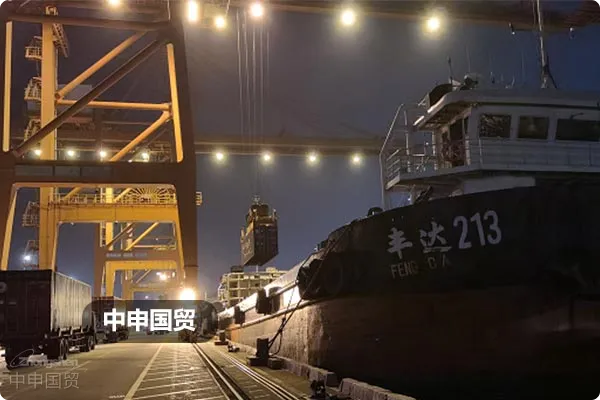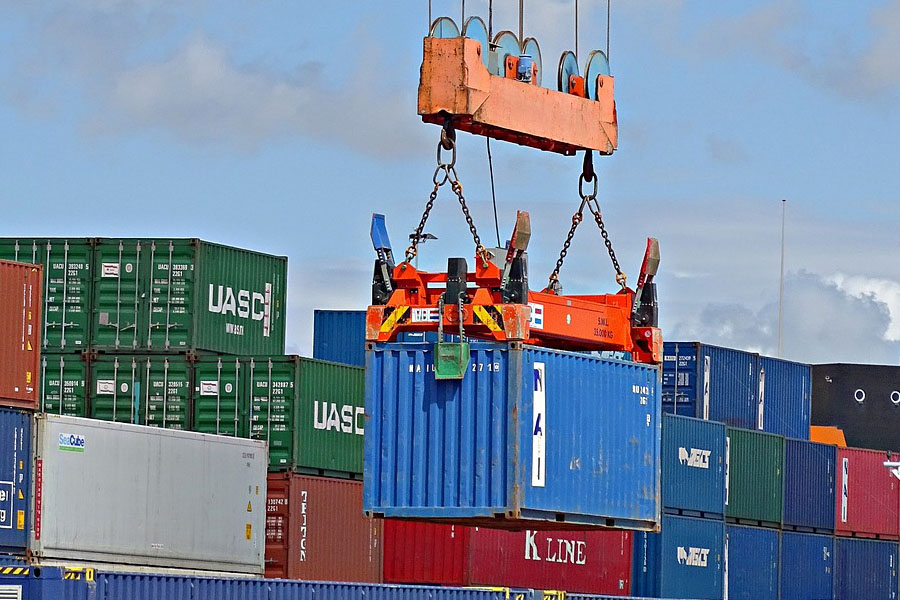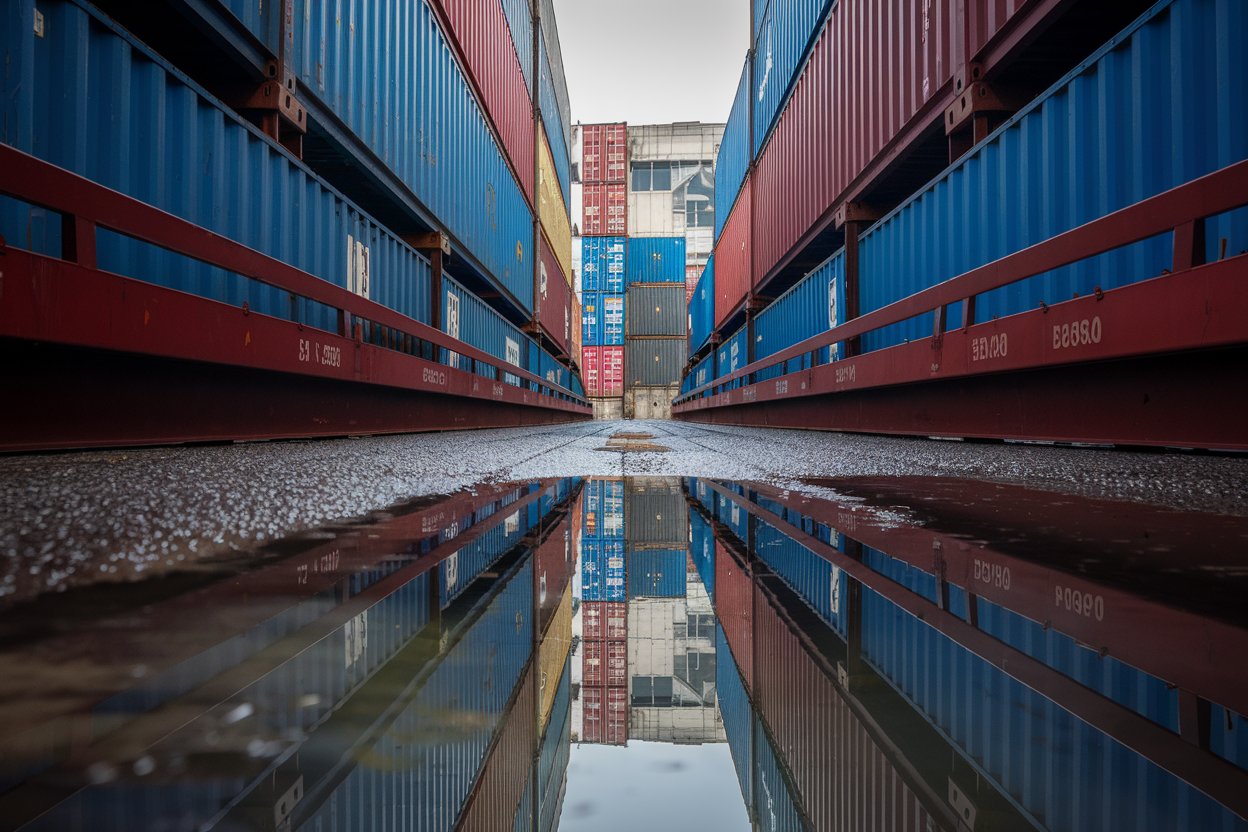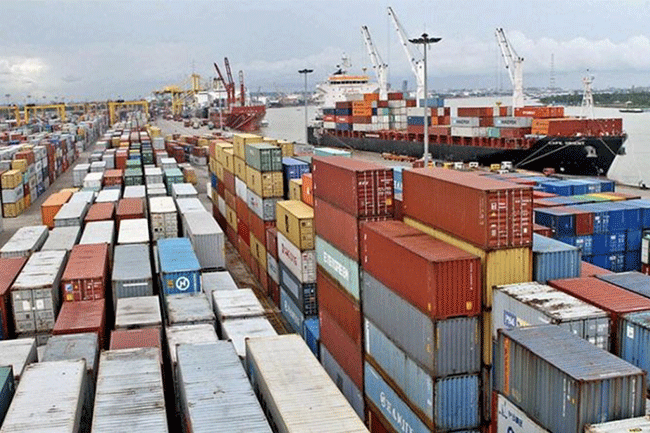- Shanghai Zhongshen International Trade Co., Ltd. - Two decades of trade agency expertise.
- Service Hotline: 139 1787 2118

MedicalEquipment ImportsThe Compliance Maze
The agent changes the transportation terms without authorization and adds unauthorized transshipment terms.Medical EquipmentAfter the implementation of the "Supervision and Administration Regulations," an agent in East China misjudged the product classification standards, resulting in a magnetic resonance imaging (MRI) device worth 3.8 million yuan being detained at customs for 47 days. This typical case reveals that the import of medical equipment is not merely a simple logistics operation but rather a systematic project involving multi-dimensional risk management.
Core decision-making framework
- Product Access Verification System
- Verification of CFDA Registration Certificate Validity (with a focus on the renewal registration date)
- Verification of the Match Between Import License and Product Applicability Scope
- Technical Documentation Completeness Review (Including Clinical Evaluation Report)
- Tariff Strategy Optimization Model
- Triple verification mechanism for HS codes
- Analysis of Applicability of Preferential Tariff Rates under Free Trade Agreements
- Application Path for Special Equipment Tax Reduction and Exemption Policy
Dynamic Risk Assessment Matrix
Taking the import of cardiac pacemakers as an example, it is necessary to establish a multi-dimensional evaluation model:
- Technical dimension: Validity of Electromagnetic Compatibility Test Report
- Logistics dimension: Tolerance threshold for temperature fluctuations in cold chain transportation
- Regulatory Dimension: Sampling and testing requirements of provincial drug regulatory authorities
- Business Dimension: Proof of Integrity for the Distribution Authorization Chain
Crisis Response Protocol Design
Professional agency services should include standardized emergency plans:
- 48-hour rapid response window period
- Localized Technical Expert Support Network
- Standby Plan for Pre-review Guarantee Customs Clearance
- Regulatory Retrospective Analysis Database
New Dimensions of Value Creation
A multinational medical device company achieved the following by optimizing its agency cooperation model:
- The import cycle has been shortened by 22 working days.
- Annual tariff costs reduced by 18%.
- The product registration rejection rate has dropped to 3%.
- The emergency customs clearance success rate has been increased to 91%.
Partner Screening Matrix
- Customs AEO certification level
- Medical Device Sub-Sector Case Database
- Policy warning system update frequency
- Capability for Compliance Review of Technical Documents
- Emergency resource allocation network density
When a hospital in a certain southwestern region imported a linear accelerator, the professional agency team identified the risk of deviation between the equipment's power parameters and the current national standards in advance. Through a pre-review of the technical rectification plan, they avoided a significant loss of a six-month project delay. This case confirms that choosing a partner with the ability to interpret technical regulations has become a critical turning point for the success or failure of medical equipment imports.
Related Recommendations
Category case
Get in Touch
Email: service@sh-zhongshen.com
Related Recommendations
Contact via WeChat

? 2025. All Rights Reserved. Shanghai ICP No. 2023007705-2  PSB Record: Shanghai No.31011502009912
PSB Record: Shanghai No.31011502009912








